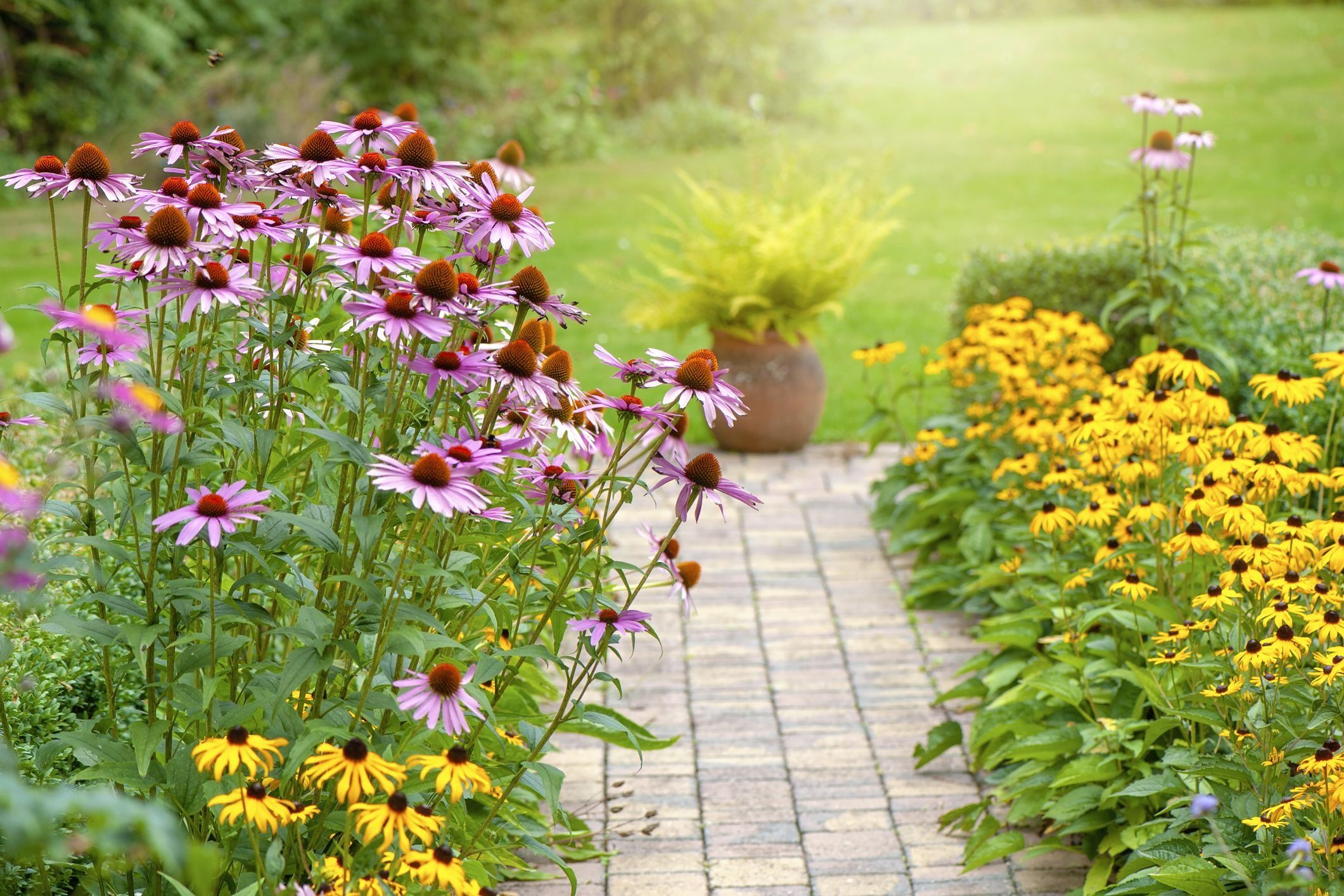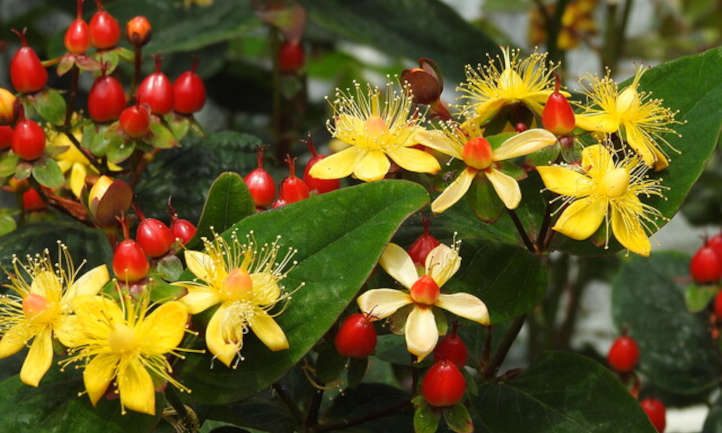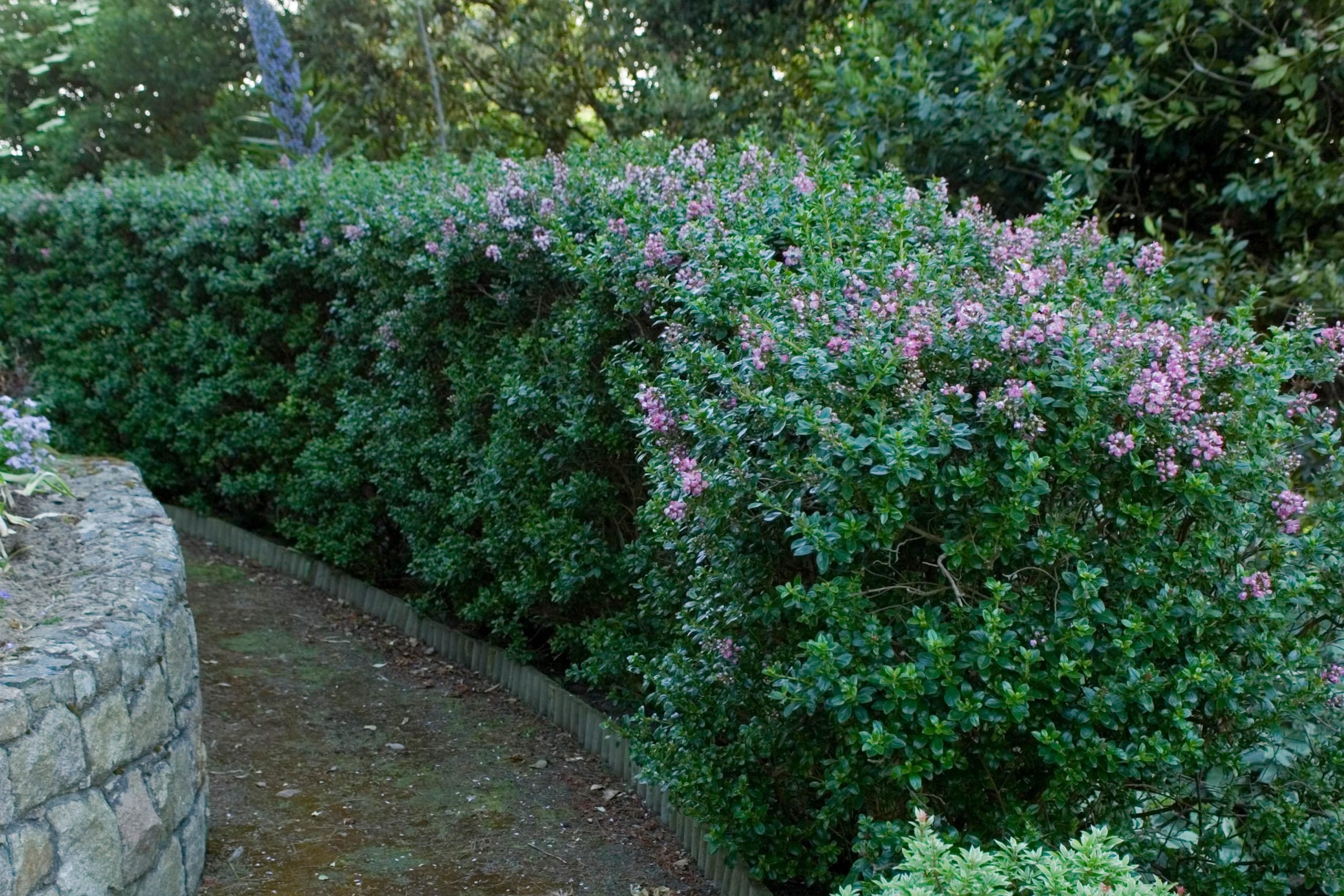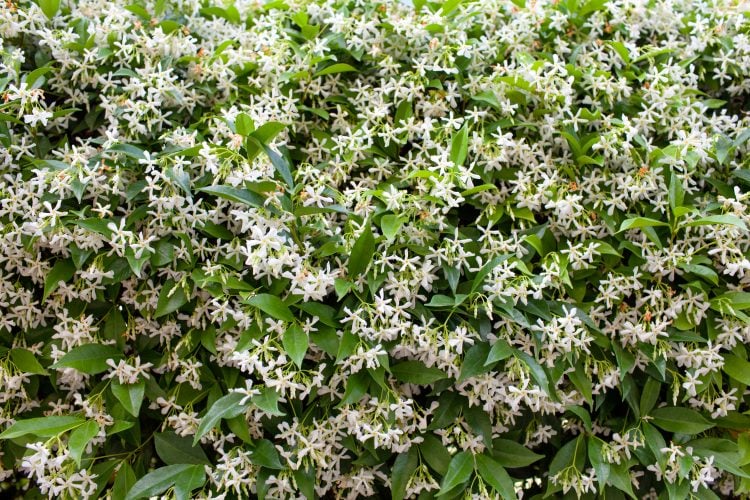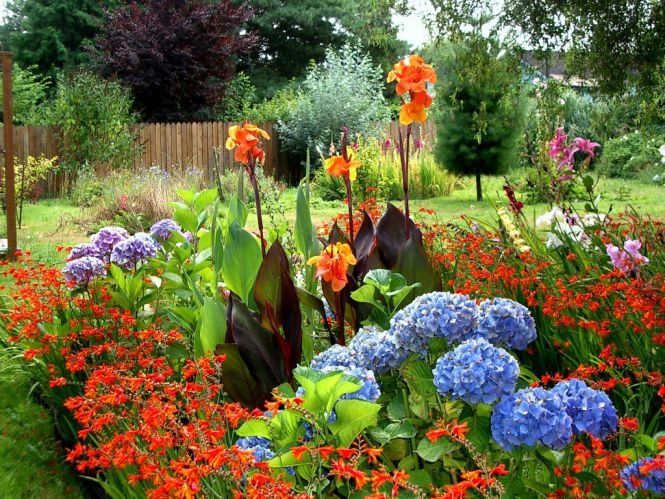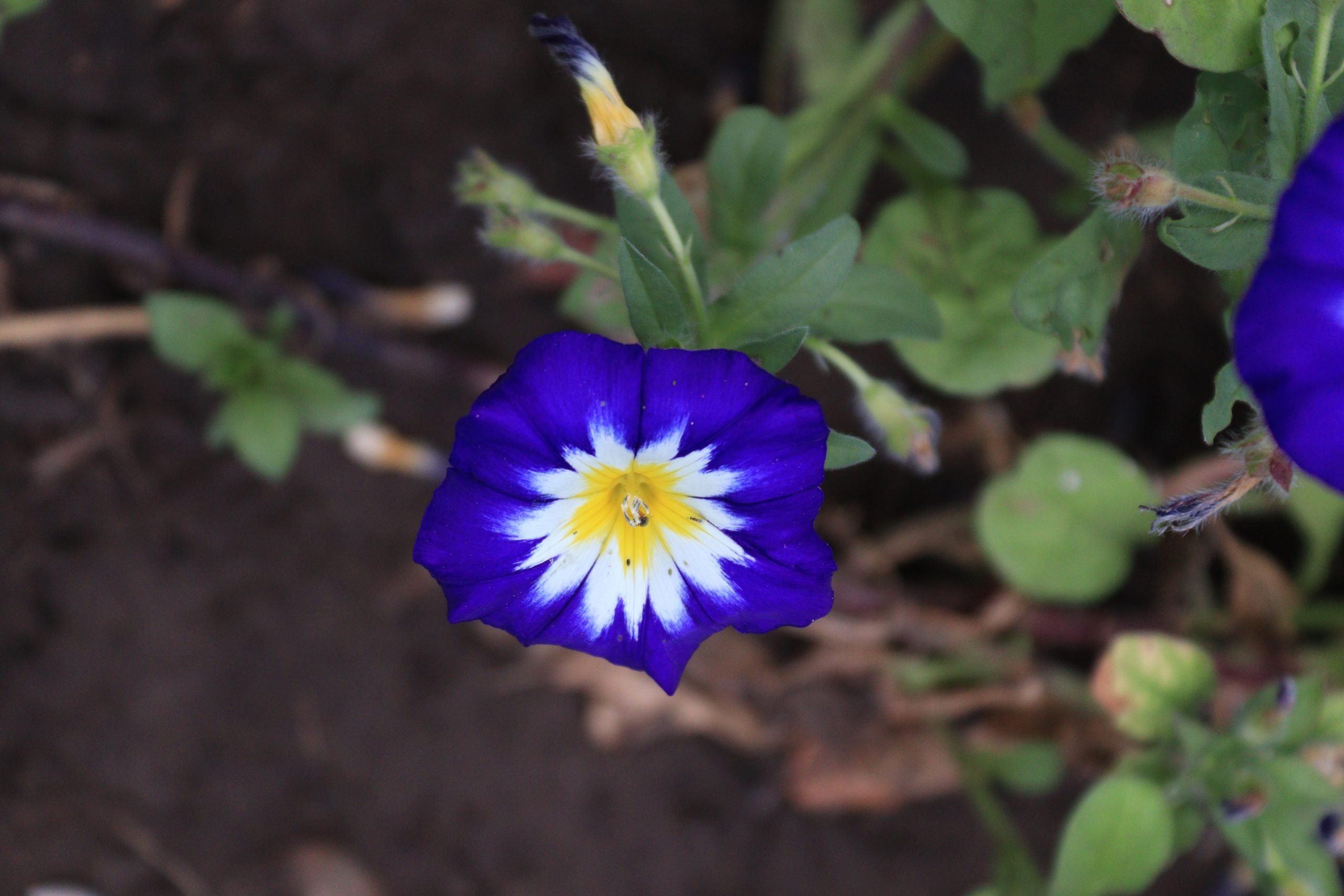Complete Guide on How to Grow and Care for Your Petunias
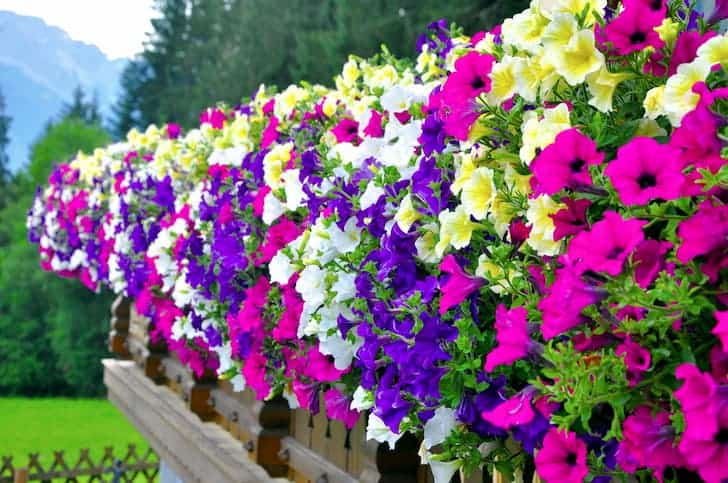
Table of Contents
Petunias are incredibly popular flowering plants among gardening enthusiasts because of their pretty flowers. Petunias isa prolific bloomers available in almost every colour to make your garden look beautiful. The branching foliage of these plants with trumpet-shaped flowers is beautiful on its own as well. Some hybrid varieties of petunia plants are even double-bloomers.
Growing petunias in soil beds or pots in your garden can make the landscape brighter. These amazing flowers can provide the perfect bright border with amazing pastel colours. Taking the best care of petunias will help you get the best bordering plants in your pot garden. This article will discuss the best techniques for growing and caring for Petunias. However, before we jump into that, there are a few things you need to know.
How To Grow & Care For Petunias
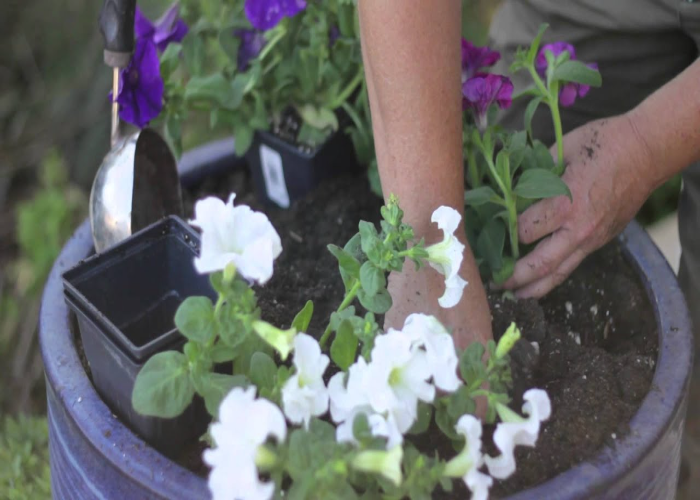
Petunias are often classified as tender perennials; they are mostly annual bloomers. This is because these plants need full exposure to the sun to thrive, and they mostly bloom in the spring and summer. These flowers are available in different patterns, like striped, vines, and more, and in a wide range of colours. These flowers are even available in black. Here are a few things you need to remember while planting Petunias.
When to Plant Petunias
As most of these plants are summer bloomers, and petunias are not fond of the winter, planting them in the spring is a great idea.
- It is easier to buy plants from nurseries that sell petunias in flats. You can look for short and compact plants. Leggy petunias will bring in plenty of flowers. However, it will take some time for them to settle in.
- If you want to grow them from scratch, you can plant them a week before the first spring date.
- Plant these young petunias outdoors as the last frost date approaches. However, make sure the seeds do not have to bear the winter for many days.
Where to Plant Petunias
Plant them directly under the sun, as petunias need complete exposure to sunlight to thrive. Ensure the plants get at least six hours of sunlight. Growing them in a shady area can mean they are not going to flower as prolifically.
Finding the Right Type of Soil
Finding the right type of soil is also important for these plants to grow. You should always opt for acidic fertile soil that can provide perfect drainage. In heavy clay soils, you can work some compost and organic matter into the ground. When you are planting containers, you can use soilless potting mixes as well.
These are a few things you need to prepare before planting the seeds in the ground. Now we will talk about growing petunia from seed.
Grow Petunias from Seed
You can always grow different species of these plants with different seeds. Because the seeds of the petunia are tiny and germinate slowly, you can have better success if you start to plant the seeds indoors just a few weeks before the final frost date. Here are some tips on how to grow petunia from seed.
- Spread the little petunia seeds over a moist starting mix. Gently press the tiny seeds down in the mix. However, do not bury them, as these slow-germinating seeds need lids to thrive.
- Now you can cover the container with clear plastic and put it in a warm spot outside of direct sunlight. The seedlings will arrive within a week.
- As you see the seedlings grow, you should remove the plastic.
- Then, once you see at least three leaves emerging, you are now ready to transplant. Place them in a pot and transplant them outdoors to grow as perennial trees in your garden.
- Petunias are clearly heat tolerant. So do not worry about watering the plants frequently. Watering these plants once every week is sufficient. However, you should avoid watering these plants shallowly, which might encourage shallow roots. One thing you need to remember about watering the petunia in pots is that watering the plants in pots is important.
- You can fertilise petunias monthly with the right fertilisers to support growth and heavy blooming. However, if you have planted double-flowering plants, you might need a bi-weekly dose of fertiliser.
What to Do with The Leggy Petunias
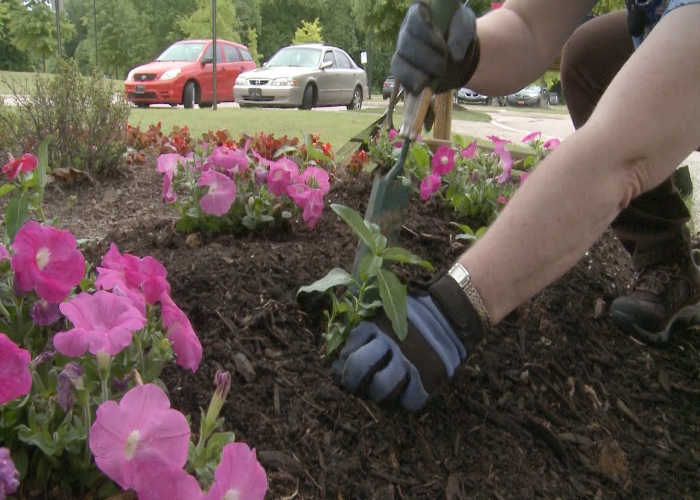
- Petunias often get leggy in the middle of summer. As they keep producing flowers at the tips of leafless stems, garden owners should also remember to keep them tidy. To support these plants’ flowering and clear, you need to prune back the shoots to almost half of their lengths. This will bring in more branching and more blossoms with it.
- Once you have pruned or fertilised the plants and watered them well to force new growths, the plants might look raggedy initially, but they will make your garden more colourful in almost no time.
- The older petunia can be pruned, leaving only a few inches from the ground, to re-encourage the growth of the plants.
- Finally, remove the dead, old, or faded blossoms to improve the attractiveness of the plants, especially for the varieties with larger flowers. Deadheading these plants will prevent the seed pods from fighting with blooms for the food supplies of the plants.
These are some tips about planting and growing petunias in your garden. Now we will talk about how to take the best care of petunia plants.
How to Take Care of Your Petunia
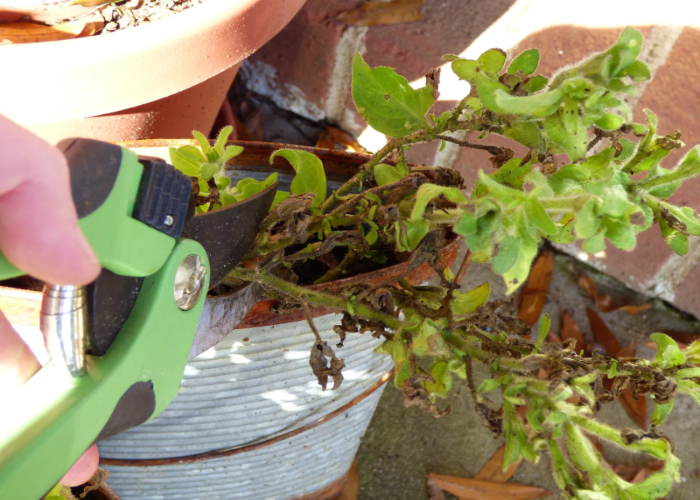
Now that you have planted petunias, the plants are already thriving in your garden. Now you need to take care of the plants properly if you want to welcome the flowers in the summer. Caring for these plants is not hard when you know a few simple tips about them.
Petunias like exposure to the sun. However, extreme heat can also be harsh on plants. These plants will require regular watering, especially when planted in pots, and feeding throughout the growing season. You might even have to save them from extreme summer weather as well. Here is everything you need to remember while taking care of petunias.
1. Light
Most of the varieties of petunia love their complete exposure to the sun. Therefore, you must give these plants at least six hours of sunlight on most days. However, in the extreme heat of summer, it is better to give them partial shade to keep the plants blooming.
2. Temperature and humidity
The best temperature for the petunias will be 60 to 70 degrees Fahrenheit during the day and 55 degrees at night. These plants can tolerate these temperatures. However, anything higher than this temperature might damage the plants and their flowering power.
3. Pruning
When you are planting the young petunias, you can pinch the stems back to increase the branching of the plants. How far you pinch should completely depend on the plant. Pinching an inch less is a good idea for stocky plants. However, when the seedlings are gangly, you should opt for pinching half of the stem.
Propagating the Petunias
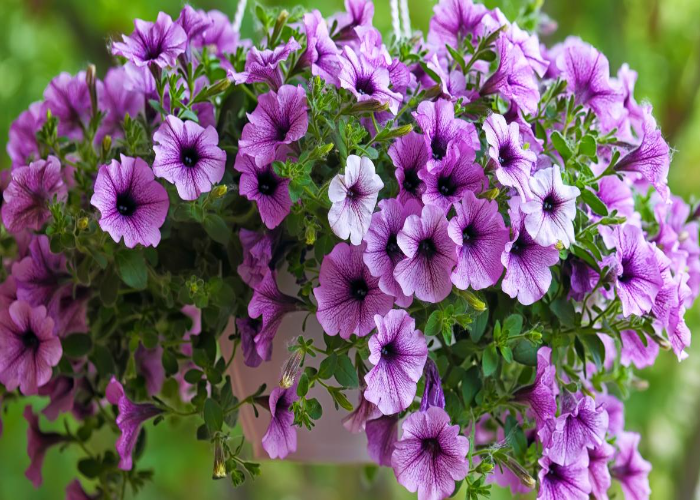
Knowing the right ways to propagate the petunias properly is very important to encourage the better growth of the plants. Gardeners often try to save specific varieties. Here are some tips to help you propagate the plants properly.
- Trim off the healthy parts of the stem, which are around 6 inches long. Then, cut the greener stems instead of opting for the older and woodier ones.
- You will see the foliage on the bottom half of these stems. Remove them completely.
- Dip the ends of these cuts in rooting hormones and then plant them in smaller containers.
- Place the containers indirectly under bright light.
Now you need to wait until the plants grow stronger and have better roots.
The 4 Different Specimens of Petunias
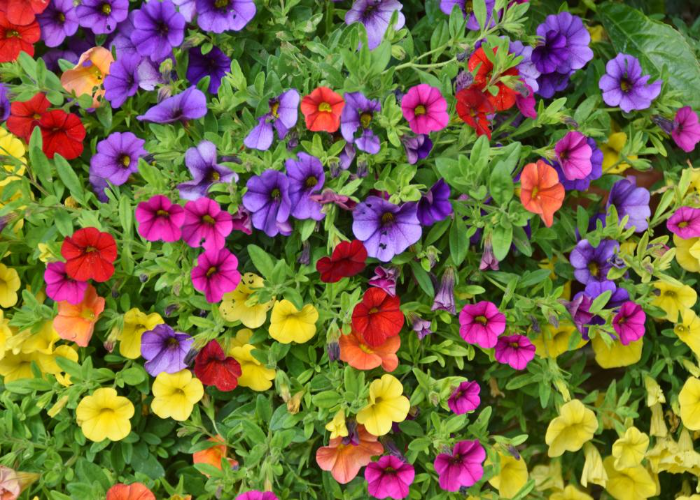
The petunia genus is native to Latin America, where these bright-coloured trumpet-shaped flowers are long bloomers. They start blooming in the spring, and they bloom constantly until frost.
- Grandiflora Petunias: Grandiflora petunias are a common type of petunia. The flowers of these species often grow to 3 to 4 inches long. The flowers often grow upright and spill over the sides of the window box.
- Multiflora Petunias: These versions of the flowers are often found compact and keep blooming.
- Multiflora Petunias: These types have the smallest flowers and are often seen as abundant bloomers.
- Spreading Petunias: These are just 6 inches tall and can grow rapidly, covering a selected area very soon. These plants are often used as ground covers.
These four are the most common types of Petunia seen in Europe. Now that you know about the different types of these plants, you can make better decisions when choosing the type you want in your home.
Now that you know about the different types of Petunias, however, to know how to grow these plants in your pot gardens, you need to know the basics of planting them.
Some Common Problems with Petunias
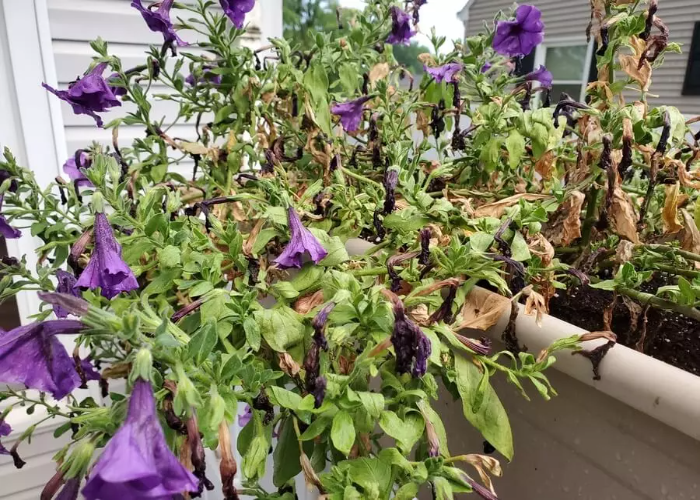
Petunia plants are easygoing plants, and they often bloom. However, sometimes they face issues that you would love to keep under control.
1. Wilted Flowers or Leaves
There are many reasons for this. However, the most common ones come down to water. Either watering the plants too much or not watering them at all causes these problems. You can check the soil for indications. If the soil is not damp, you should water the plants. Ensure the soil has good drainage as well.
2. Leggy Stems
Petunia often gets leggy stems. However, you can easily solve this problem as well. If you deadhead the flowers regularly and propagate the plants properly, you can solve the problem. However, to help the petunias fill out, you can prune the stems back to a couple of inches long.
Plant Infections and Pest Problems
Some petunia pests, like fleas, aphids, and beetles, will bother the plants. Snails and beetles often feed on the leaves of the plants. You can hose them off with a strong water blast to get rid of these pests. However, you can always use insecticides as well. Use them if the infestations are severe and harming these trees’ flowering.
Petunias are also vulnerable to fungal infections. Grey mould is one of the most common diseases that affect plants, especially in the monsoon. Therefore, you should always try a variety of plants that have an increased moisture tolerance.

